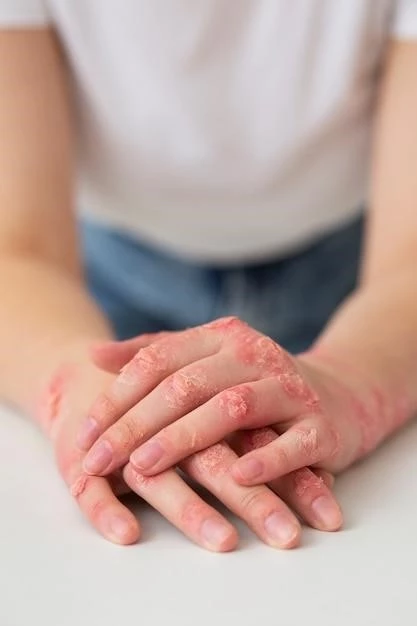Understanding Contact Dermatitis and its various aspects is crucial for effective management. This article delves into the causes, symptoms, treatment options, prevention methods, differences between irritant and allergic contact dermatitis, common triggers, children’s susceptibility, and natural remedies.
Causes of Contact Dermatitis
Causes of Contact Dermatitis can be varied, including direct skin contact with irritants or allergens. Irritant contact dermatitis is often triggered by harsh chemicals, soaps, and detergents, while allergic contact dermatitis arises from an immune response to substances like nickel, fragrances, or latex; Understanding these causes is crucial for effective management and prevention of contact dermatitis.
Symptoms of Contact Dermatitis
Recognizing the Symptoms of Contact Dermatitis is essential for timely intervention. Symptoms may include redness, itching, swelling, blisters, dry or cracked skin, and in severe cases, oozing or crusting. It is crucial to seek medical advice if experiencing these symptoms to receive appropriate diagnosis and treatment.
Treatment Options for Contact Dermatitis
Treatment Options for Contact Dermatitis may include topical corticosteroids, moisturizers, antihistamines, and in severe cases, oral corticosteroids or immunosuppressants. It is essential to identify and avoid triggers, practice good skincare, and follow the treatment plan outlined by a healthcare provider to manage and alleviate symptoms effectively.
Prevention of Contact Dermatitis
Prevention of Contact Dermatitis involves identifying and avoiding triggers, using protective measures like gloves, moisturizing regularly, choosing hypoallergenic products, practicing good hand hygiene, and maintaining a healthy skin barrier. Being proactive in preventing exposure to irritants and allergens is key to reducing the risk of developing contact dermatitis.
Difference Between Irritant and Allergic Contact Dermatitis
Irritant Contact Dermatitis occurs when the skin comes in direct contact with a substance that damages the skin’s outer layer. Allergic Contact Dermatitis, on the other hand, is an immune response triggered by exposure to allergens, leading to inflammation. Understanding the difference is crucial for accurate diagnosis and appropriate treatment.
Common Triggers of Contact Dermatitis

Common Triggers of Contact Dermatitis include nickel, fragrances, preservatives, latex, poison ivy, certain soaps, detergents, and chemicals. Understanding these triggers and avoiding direct contact with them can help prevent the development of contact dermatitis. Identifying personal triggers through patch testing is essential for effective management.
Contact Dermatitis in Children
Contact Dermatitis in Children may manifest similarly to adults but can be challenging to identify. Common triggers in children include diapers, wet wipes, soaps, and certain fabrics. Due to their sensitive skin, children may be more prone to developing contact dermatitis, requiring careful attention, timely diagnosis, and appropriate treatment under the guidance of a healthcare provider.
Natural Remedies for Contact Dermatitis
Natural Remedies for Contact Dermatitis can complement traditional treatments. Aloe vera, oatmeal baths, coconut oil, chamomile tea compresses, and witch hazel are known for their soothing and anti-inflammatory properties. However, it is essential to consult a healthcare provider before trying natural remedies to ensure they are safe and effective for individual skin conditions.
